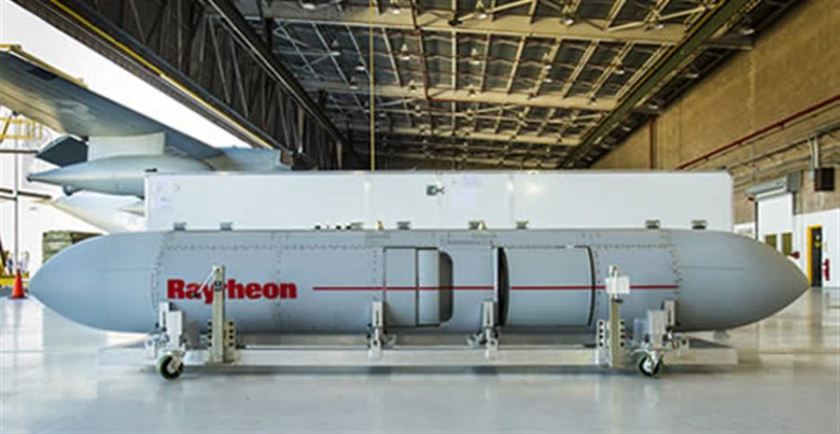Paramotor detection with Meteksan's Retinar FAR-AD radar
The capabilities of the Retinar FAR-AD Drone Detection Radar, which serves our security forces, are strengthened and exhibited against current threats. Meteksan Defense demonstrated the capabilities of the Retinar FAR-AD Drone Detection Radar against paramotor threats, especially the separatist terrorist organization PKK/YPG. At the Land Systems Seminar, which was held for the fifth time this year, it was shared that the Retinar FAR-AD Drone Detection Radar detects the simulated paramotor flight from a distance of 7.8 km.
Retinar FAR-AD Drone Detection Radar system is a proven solution for detecting fixed and rotary wing mini/micro unmanned aerial vehicles or drone systems. Like drones, paramotors have become an important threat to our security forces in recent years, especially since they can be easily procured and used by terrorist organizations. Even if there are various jamming systems as a precaution against drone threats, they must first be detected in order to neutralize both the paramotor and the drone systems. Visual detection can be difficult due to the small size of the threat and its eligibility to change depending on weather conditions. For this reason, radar systems come to the fore as the most critical system for the remote detection of both paramotors and mini/micro UAVs.
Retinar FAR-AD Drone Detection Radar at the Service of Security Forces!
In this context, within the scope of the "Mini/Micro UAV Detection Radar System Agreement" signed with the Presidency of Defense Industries in 2019, Meteksan Savunma Sanayii A.Ş. completed the Retinar FAR-AD Drone Detection Radar in a short period of 8 months. Retinar FAR-AD Systems, which successfully completed many different tests such as distinguishing drones from birds, detecting and tracking different drones such as DJI Phantom and TALON, was delivered and put into the service of our security forces.
Retinar FAR-AD can detect and track threats on land up to 7 km and airborne threats up to 3 km at the same time with an instantaneous 40° elevation angle. Radar provides the operator with the heading, distance up to 9 km, speed and orientation information of the targets tracked with the "User Interface Software". The system, which can perform automatic target classification within the tracking information while scanning, increases the classification performance with detailed algorithms in the Target Analysis Mode in order to eliminate the uncertainties and increase the classification reliability.
View attachment 51099
Advanced Technology and Digital Based Radar Architecture
Retinar FAR-AD operates in the Ku frequency band with low RF output power. It has advanced technology solid state radio frequency design and digital based radar architecture. The Retinar FAR-AD uses a customized pulse compression pulse doppler waveform. Retinar FAR-AD with digital radar architecture offers selectable effective usage modes with different waveforms and different angular rotational speeds.
Retinar FAR-AD provides effective protection against low and high flying Mini/Micro UAVs with its 40° elevation angle. Retinar FAR-AD provides the user with the ability to define the area and friendly zone. With the built-in GPS and magnetic compass, the system displays its location and orientation to the user on the digital map.
Meteksan Savunma tarafından geliştirilen Retinar FAR-AD Dron Tespit Radarı ile simüle paramotor uçuşu tespit edildi!

www.defenceturk.net

















